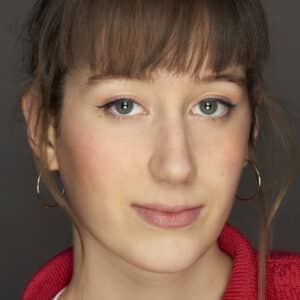Henri Cartier-Bresson described cinema as “the after-image.” Photography, on the other hand, comes before. Straddling immobility, fixedness, and movement, these two image regimes find common ground at the Rencontres d’Arles.
Wim Wenders. Down into th...



